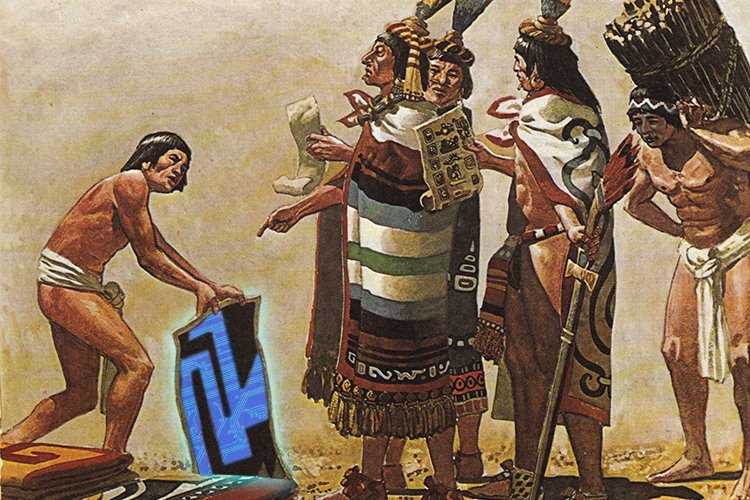PeruCoin: A Country-Wide Scam or An Attempt To Revive Inca Empire

South America never fails to amaze the world with the news of the digital economy. The reports have appeared that, following Venezuela, Peru is going to release its own national virtual coin - PeruCoin. But if in the first case there are substantial economic reasons for issuing Coins, then in the second case, there are no visible prerequisites for the implementation of such a project. On the contrary, Peru is one of the most stable countries of the continent. Let us try to figure out, why the Inca homeland needs virtual values.
The remark about the Inca homeland is given for a reason: after all, before the Spaniards arrived in Peru, there had been some kind of cryptocurrencies. The point is that the Inca Empire, which, by the way, exceeded both the Roman Empire and Genghis Khan’s State, did not have money. However, there was quite enough gold and other precious metals on the Pacific coast of South America, but it did not acquire significant value - just a beautiful metal for handicrafts.
At the same time, the Indians implemented large infrastructure projects that required many thousands of people and hundreds of suppliers - roads and bridges, which are still used today, high-rise cities, and architectural complexes like Machu Picchu, Cusco, and Ollantaytambo. But how were the payments proceeded?
According to historians, the famous talking knots of the Incas were the main bearer of value. For his work, a person received a knot, which meant what and how much he had done; an Indian went to the warehouse with this knot and received everything necessary for life. The worker of the warehouse tied up another knot, which meant what, to whom and how much he “had sold”. It turned out a kind of nodular blockchain, on which transactions were recorded without any computers.
Therefore, if a cryptocurrency appears in Peru, it will at least be based on a serious historical foundation.
But modern times are inventing ever more complex circumstances and rules that make us suspicious of various ideas and proposals, especially in the virtual asset market. The PeruCoin project is not as good as it might seem at first glance.
On the one hand, the digital currency and the development of the DLT could indeed play a significant role in the economy of this South American country which was once a great Empire. Until now, Peru’s most significant export industries are mining and fisheries, accounting for over 50% of GDP, and the DLT, as a tool for controlling supply chains, would help increase the profits of mining companies. In addition, digital coins could do good for the country where 80% of the population does not have access to banking services and, therefore, cannot receive loans, pay for purchases via bank transfer, and make savings.
On the other hand, the statement itself is embarrassing: neither the government nor the National Reserve Bank of Peru have anything to do with this project. The primary source of the information on the national cryptocurrency is the Bits2U Company, one of the national, and maybe the world, leaders of cloud mining. It is appropriate to recall that the mining of cryptocurrencies in this way is now regarded most often as an attempt to build financial pyramids. Considering the fact that the company intends to raise money for the project through an ICO, build several more mining farms in the Andes, and increase the investors' capital twice a year later, the whole story with the national Peruvian cryptocurrency looks like a scam as open as the day.
We cannot 100% declare that this is a fraud. But cases, when businessmen hiding behind the name of the state wanted to attract money of undemanding investors, occurred before. For example, New Zealand Prime Minister Jacinda ARDERN had to refute the information that half of the state gold reserves had been invested in digital assets. It turned out that in that way entrepreneurs tried to draw attention to their ICO. You can also recall the case when the authors of another ICO used the image of Donald TRUMP to attract attention by creating a fake link to one of the world's leading news agencies page .
According to the Statis Group Consulting Company, 80% of ICOs in 2017 turned out to be a scam, and investors lost $1.34 billion on them. How much money do you need to lose in order for potential investors to distinguish a scam from promising projects? After all, the situation is the following: either the regulators will force the scammers to stop fraudulent activity, or the ICO market will irrevocably lose the trust of potential investors, even though some ICOs will indeed be able to have government support in the future.